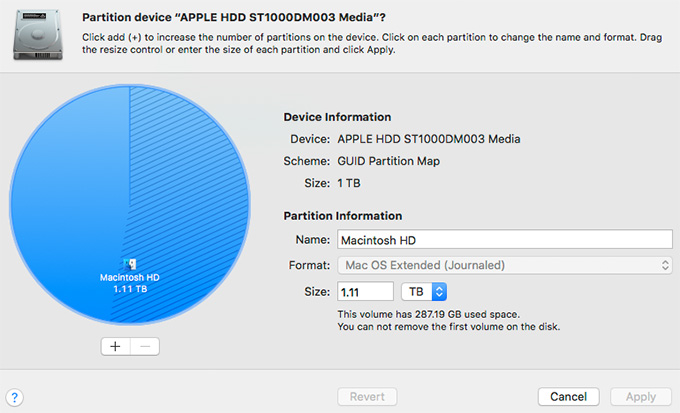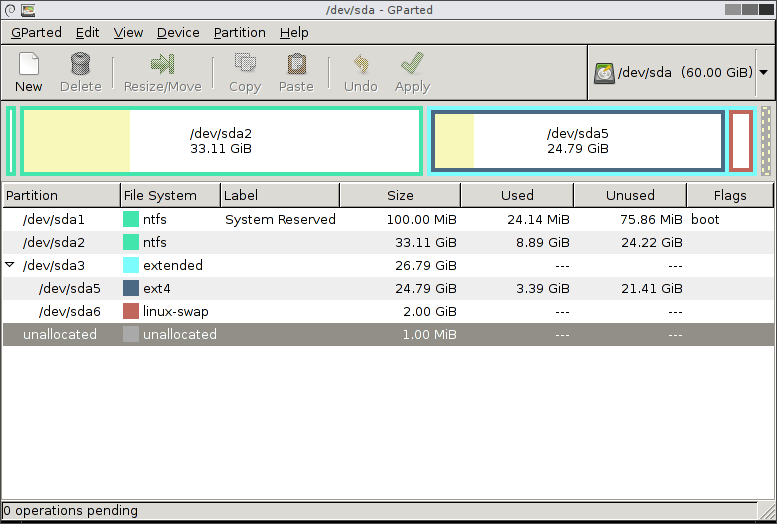

- #BEST PARTITION MANAGER FOR MAC 2015 HOW TO#
- #BEST PARTITION MANAGER FOR MAC 2015 FULL VERSION#
- #BEST PARTITION MANAGER FOR MAC 2015 INSTALL#
- #BEST PARTITION MANAGER FOR MAC 2015 WINDOWS#
Remember you will actually need to have enough space available on your Mac to allocate this way (which is why we started by advising you to delete things from your Mac!) If you want to, click on Size Option and fill in the Reserve (minimum) and Quota (maximum) options.
#BEST PARTITION MANAGER FOR MAC 2015 INSTALL#
Give your new volume a name, we called ours Test, but you might want to call it Mojave or Beta, if you were planning to install that version of the OS on that volume.Now all you need to do is click on the + button above Volume in the menu to create your new Volume.Select the Home volume, and double check that it is an APFS Volume (it needs to be for this to work).This will make sure you can see the volumes within your disk. Click the drop down menu beside the View button in the toolbar and choose Show All Devices.Needless to say, the best and simplest option is to Add a volume, so follow these steps:

Adding and deleting APFS volumes is faster and simpler than editing a partition map,” which, it has to be said, sounds more complicated than it is. If you do try to create a partition using Disk Utility in these versions of macOS you will see the warning: “APFS volumes share storage space within a container, occupying a single partition. While you can still partition your Mac, you don’t have to, you can just create an additional volume using Disk Utility. It’s really easy to ‘partition' your Mac in High Sierra (if you have a flash or SSD) or in Mojave thanks of APFS.
#BEST PARTITION MANAGER FOR MAC 2015 HOW TO#
How to create a volume in High Sierra or Mojave
#BEST PARTITION MANAGER FOR MAC 2015 WINDOWS#
In this article we’ll show you how to create a volume in Mojave and High Sierra, how to create a partion on an older Mac, and we’ll touch on how you can use Boot Camp to install Windows on your Mac - although we have a feature dedicated to doing that here: How to run Windows on your Mac. That space can be made available to all the different volumes at any time, rather than being assigned to them when they are formed, as is the case with a partition. APFS has a number of advantages over HFS+ one is Space Sharing, which makes it possible for the available space to be shared between the different volumes on your disk. This is thanks to the new Apple File System (APFS) which replaced the old HFS+. If you are running High Sierra on a Mac with a Flash drive, or Mojave on any Mac then you don’t need to create a partition at all, you only need to create a new volume. (This is a little confusing, because essentially a volume and a partition are the same thing, but newer versions of the macOS handle things differently enabling users to create a volume and use it in the same way as a partition would have been used, but without any of the complications of having to wipe the Mac and start from scratch). The most important point is to establish whether you will even need to create a partition, or, if you can just create a volume on your Mac.

There are a few factors that will determine how you go about your project.
#BEST PARTITION MANAGER FOR MAC 2015 FULL VERSION#
Perhaps you want to partition your Mac to run Windows, or maybe you want to install Mojave beta on a partition, so that you can run both the beta and the full version of Mojave, alternatively you might want to keep High Sierra on your Mac but install Mojave on a separate partition so that you can use apps that might not work in Mojave or its successors.Īnother reason why you might want to partition your Mac is so that you can create a partition for Time Machine to back up to, alternatively you might want to create separate partitions for the different people who use a Mac, essentially creating multiple Macs in one box. There are lots of reasons why you might want to partition your Mac.


 0 kommentar(er)
0 kommentar(er)
